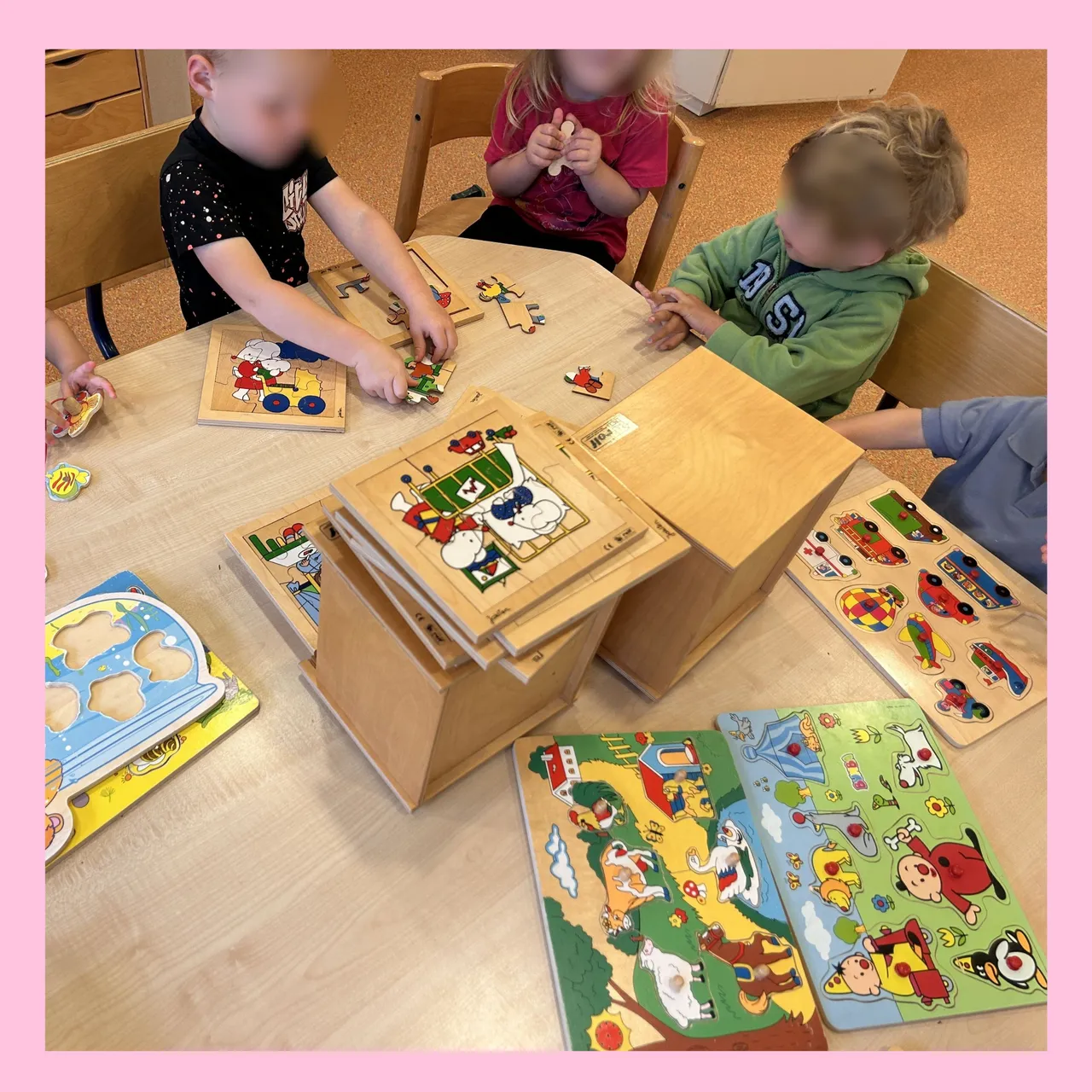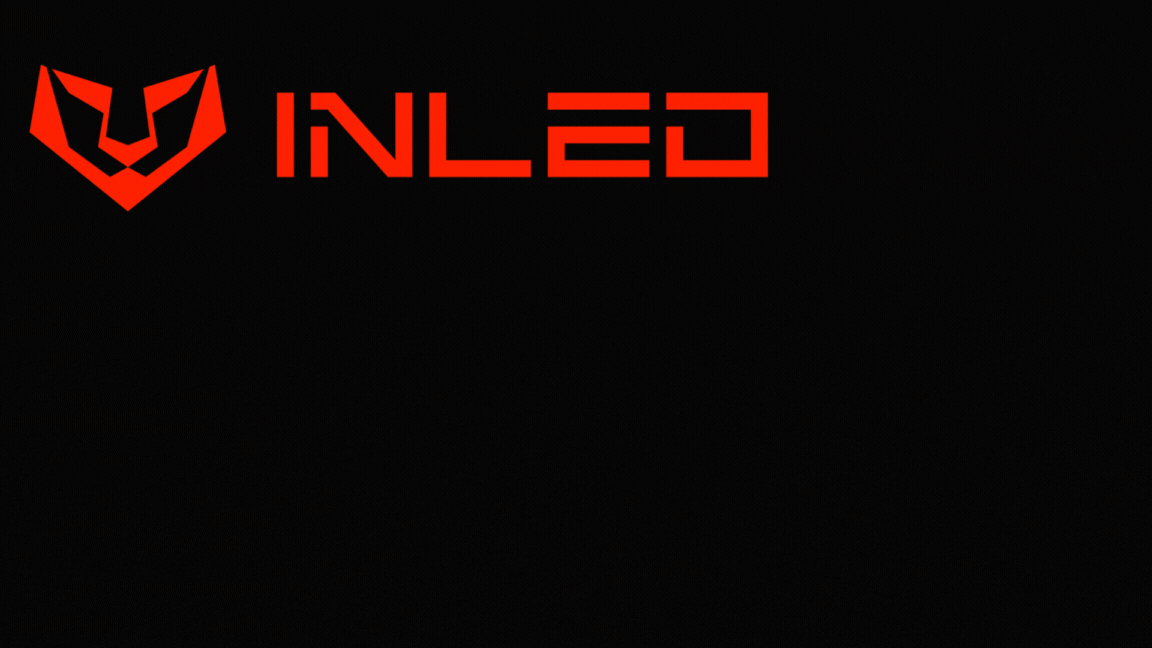
A day like today makes me realize that not every family is the same. And that only some parents use the same parenting style that I have used with my children.
Some parenting styles can sometimes cause difficulties for the student and me at school.
Every parent wishes for their child the best. All parents hope their child will have a happy, healthy, safe upbringing. However, how you deal with this and raise your child can be different.
I want to discuss the parenting styles I often see among adults and children at my school. Before I go on, every parent should do what makes them feel good. I don't want to impose a parenting style on anyone.

The authoritarian way of parenting:
Characteristics: Strict rules, little say for the child, focus on obedience and discipline.
Advantages: It can lead to clear boundaries and structure, which can be pleasant for some children.
Disadvantages: Children can become anxious, insecure, and antagonistic. Making their own choices, taking responsibility is an opportunity they miss out on.
My experience with this parenting style is that children are often very focused on performing. They are afraid of failure and want to meet parental expectations. I also see children who fight against this expectation and do the same thing they are forbidden to do.

Permissive parenting style:
Characteristics:The child has few rules and lots of freedom; parents act more as friends than authority.
Advantages: Children can feel free and independent. Solving problems and making their own choices is what they learn.
A shortage of boundaries and discipline is one of the disadvantages. In other settings children may also need help with rules and authority.
Today, I experienced the disadvantages of this parenting style at school. We have clear rules that all children have to follow. Most children accept these rules and follow them without any problems. However, some children, including Mitch, think the rules do not apply to them.
A concrete example:
After playing with the blocks, Mitch was expected to clean them up, as agreed. "We clean up what we used after playing," he said. However, Mitch did not feel like cleaning up and preferred to play outside. I permitted him once he had cleaned up the blocks.
Mitch got angry and started shouting, throwing things, and firing a salvo of curse words at me because he had no say and had to accept my authority. He was not used to this; he was allowed to do whatever he wanted at home. Now that boundaries are suddenly set and discipline is demanded, he has great difficulty with this.
I retained my calm demeanor and tone in my voice and remained firm. (Which took a lot of energy and effort on my part) Eventually, he gave in to my authority and rules.
The saddest highlight of the day was when Mitch's mother came to pick him up. She greeted her 4-year-old son, knelt, hugged him, and answered his question, "What are we having for dinner soon?" When his mother's answer did not please him, he slapped her. My heart fell apart. Such a small child was already showing such disrespectful behavior. I started a conversation with his mother about this.

Democratic parenting style:
Characteristics: Clear rules and expectations, open communication, and decision-making.
Benefits: Children learn to manage rules and boundaries while feeling heard and respected. Self-confidence and a sense of responsibility will also be developed.
Disadvantages: It requires more time and effort from parents, and reaching a consensus with the child can be difficult.
I find children who grow up with this parenting style at home most comfortable in my classroom. Dealing with rules and boundaries is something they are used to. When things do not go as planned, they become irate; however, they know how to defend themselves politely and under control.

Neglectful parenting style:
Characteristics: Lack of rules and structure, little parental attention and involvement.
Benefits: Unfortunately not a single one.
Disadvantages: Children may feel insecure, anxious, and misunderstood. To develop healthy they lack the guidance and support they need.
Fortunately, I rarely encounter this parenting style, but occasionally, I notice children who receive little to no guidance at home. They usually then seek this at school, craving clarity and support. These children grow when they experience my class's regularity, structure, and safety.

No guarantees!
Different parenting styles have their advantages and disadvantages. It is essential to realize that no universal, "perfect" way to raise children exists. Choosing a particular style does not guarantee that your child will automatically benefit from the advantages or that the disadvantages will not apply. How a child responds to different parenting methods is unique, because each child is unique. Both the negative and positive.

Which parenting style aligns with you?
This is not a question with a universally applicable answer. Your child's character, your living circumstances, and your ideals and practices are just a few of the many factors that influence your optimal nurturing approach.
Recognize that there is just one ideal parenting approach. Still, the most ideal style combines numerous forms. Every parent makes mistakes. You must keep constant in your parenting and love and respect your child.
Your child feeling protected and cherished is most important though. Growing up in a safe, exciting surrounding can make your child confident and happy.


📷 Photos: Owned and shot by me with an iPhone 14
📷 Thumbnail, photos, banners & dividers: Created with Canva Pro














